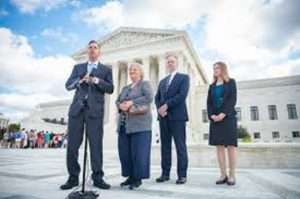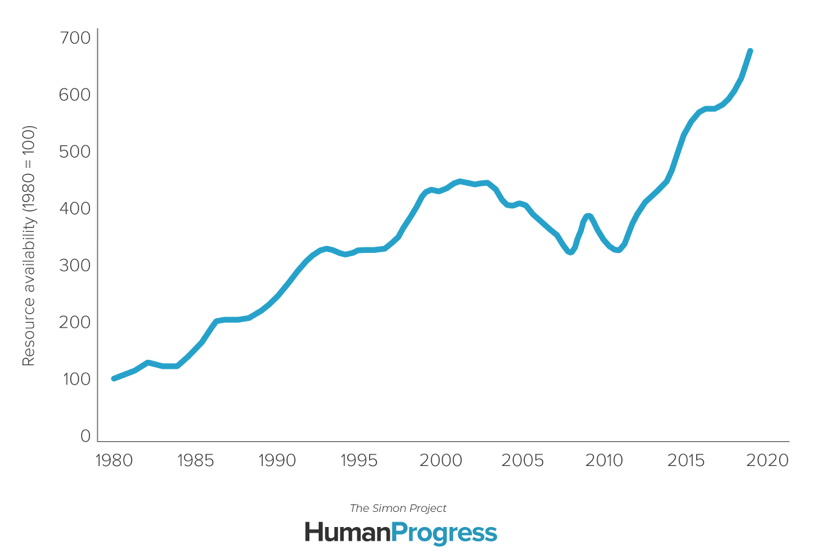From today’s agreed order in On Fire Christian Center, Inc. v. Fischer (W.D. Ky.):
1. Plaintiff agrees to take reasonable steps to ensure that, during drive-in church services, attendees who enter upon Plaintiff’s premises for “drive-in” church services abide by the social distancing guidelines as promulgated by the Centers for Disease Control and Prevention (“CDC”). It is understood and agreed by the parties that compliance with the CDC social distancing guidelines shall be deemed satisfied if:
a. Attendees maintain six (6) feet of physical distance between cars parked on Plaintiff’s premises during the service;
b. Attendees remain for the duration of the service in the automobile in which they traveled to the service;
c. Attendees keep the windows on their cars at least half of the way closed for the duration of the service;
d. No more than one service leader shall be present on the stage at any point during the service, except that, during the congregational singing, three additional leaders may be present in front of the stage area so long as they remain at least 6 feet apart from one another and from any other attendee at all times.
e. Plaintiff’s staff and/or volunteers may be closer than 6 feet to each other as required for the set-up and take-down process and other logistical needs for drive-in church services. Plaintiff’s security personnel may be closer than 6 feet to each other to discuss and/or address any security issues, as needed….
3. Plaintiff and its staff agree to implement reasonable processes and procedures to ensure that, during its services and its rituals, there is no direct person-to-person contact throughout the duration of all worship services.
4. Defendant Metro Government and/or the Louisville Metro Department of Public Health and Wellness (“LMDPHW”) may take such actions with regard to Plaintiff and the attendees at its drive-in services to ensure compliance with the social distancing guidelines, as defined above, as they take with regard to other individuals and establishments. Nothing in this paragraph shall be construed to permit Defendant Metro Government and/or the LMDPHW to take any action with regard to Plaintiff or the attendees at its drive-in services that is discriminatory toward Plaintiff or the attendees at its drive-in services.
5. If a complaint is received by Defendant Metro Government and/or the LMDPHW against an attendee at or participant in Plaintiff’s drive-in services alleging a violation of any of the above-described social distancing guidelines, the parties agree that such complaint will be addressed as follows:
(a) Minor Offense: If, after investigation by the LMDPHW, it is determined that an attendee at or participant in Plaintiff’s drive-in services has not abided by the terms of this Order, LMDPHW shall conduct an educational meeting with that person instructing him or her on proper methods of complying with the social distancing guidelines as set forth hereinabove;
(b) Major or Subsequent Offense: If, after investigation by LMDPHW, a determination is made that an attendee at or participant in Plaintiff’s drive-in services has committed a major offense that is a significant departure from the social distancing guidelines, then LMDPHW may issue an Order requiring immediate compliance by that person with the social distancing requirements set forth hereinabove. If an attendee at or participant in Plaintiff’s drive-in services thereafter does not abide by the above-described social distancing guidelines, LMDPHW may impose a fine upon that person in an amount and manner consistent with the laws of the State of Kentucky and/or the City of Louisville….
Last Friday, the Governor of Kentucky filed an amicus brief stating that his shutdown order “does not prohibit drive-in religious services,” though
- “Vehicles must contain only people from the same household;
- All individuals must remain in their vehicles;
- The vehicles must be at least six feet away from each other;
- Church staff must be at least six feet away from each other and at least six feet
away from the vehicles; and - Proper hygiene measures recommended by the Centers for Disease Control and Prevention must be implemented.”
The brief made clear that his order also didn’t block local officials from imposing tighter restrictions. But today’s agreement suggests that the Mayor concluded that it wasn’t worthwhile for him to try that.
from Latest – Reason.com https://ift.tt/3bu5DQw
via IFTTT



